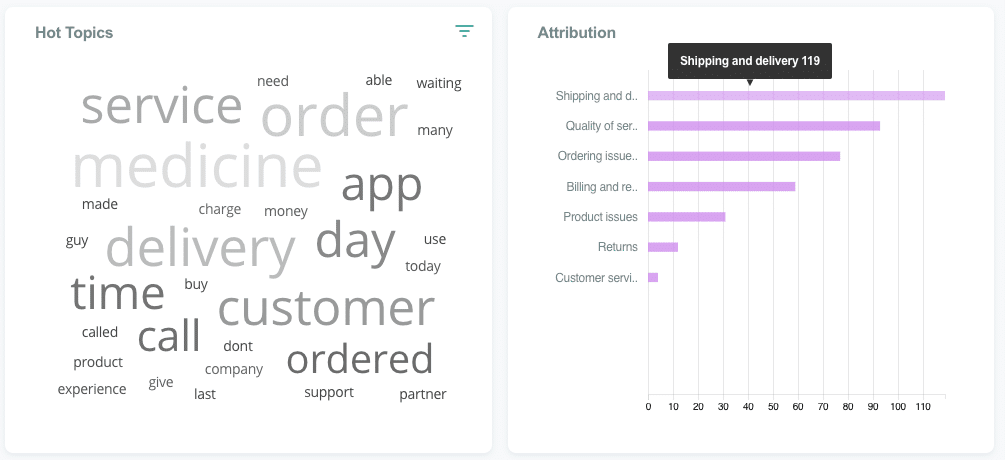Your app is your “storefront.” Customers come in and out and engage with your product or service in between. The rating and comments they leave are a direct reflection of their experience. An analysis of consumer-comments can be very helpful in understanding the elements of customer experience.
The starting point to this is, of course, to be able to track the reviews in real-time. The reviews could be on the Playstore (Android) or the App Store (iOS), which would take care of all the buzz.
Auris integrates with App Store and Play Store reviews and enables text analysis on these. The review tracking of Auris helps understand not only the sentiment but also, the root cause of the issue.
What consumer insights can be had from Playstore Review Tracking?
Real-Time tracking of Playstore reviews helps the marketing function understand various elements of the consumer experience. This leads to insights.
Consider a few recent reviews on the Uber app.



The reviews show how different facets of payment on the Uber app leads to poor customer experience. These issues range from non-acceptance of payment options or the inability to switch between payment methods.
Imagine insights from thousands of such unique reviews across all elements of customer experience on the app – booking, wait time, payments, refunds, customer care, and sub-issues within those!
The wealth of customer insights in this is significant and can lead to a multitude of actions that can steadily improve the product and service elements.
Automatic Insights from Review Tracking and Analysis.
Insights go beyond monitoring. Using a sizeable number of reviews, we should be able to understand patterns in consumer experience, which should help in drawing actionable insights.
To analyze comments automatically requires sophisticated algorithms which are usually driven by artificial intelligence.
The Auris platform brings it all together. It helps ingest the data in real-time and tags it for various elements of customer experience in real-time. Some examples of how this data enrichment and tagging works are shown.


Having this data at an aggregate level can help understand patterns and understand what the experiential issues are. See an example of a pharmacy delivery platform for example. You can see how delivery issues are negatively impacting the customer experience. Further slices of which regions or cities are impacted more can help plan logistics.

Setting OKRs or KPIs on performance
Goal-setting tied to consumer experience is important. The key metrics which an app-centric business should consider includes:
- The net positive experience percentage – what is the difference between % positive and % negative experiences. An equivalent of the NPS.
- Turn-around time (TAT) – How much time did we take to provide the first response and the final response to the customer who had a complaint.
- Reversing sentiment – In the ideal case scenario, a customer could be persuaded to change the public rating if her issues have been addressed satisfactorily. Such movements should be recorded and can be the basis of incentives for the customer care team.
While there are a variety of sources of customer insights, both public and proprietary, using the existing customer opinion on Playstore reviews or App Store reviews can open you to rich insights. Use these insights to continuously work on and improve customer experience.
